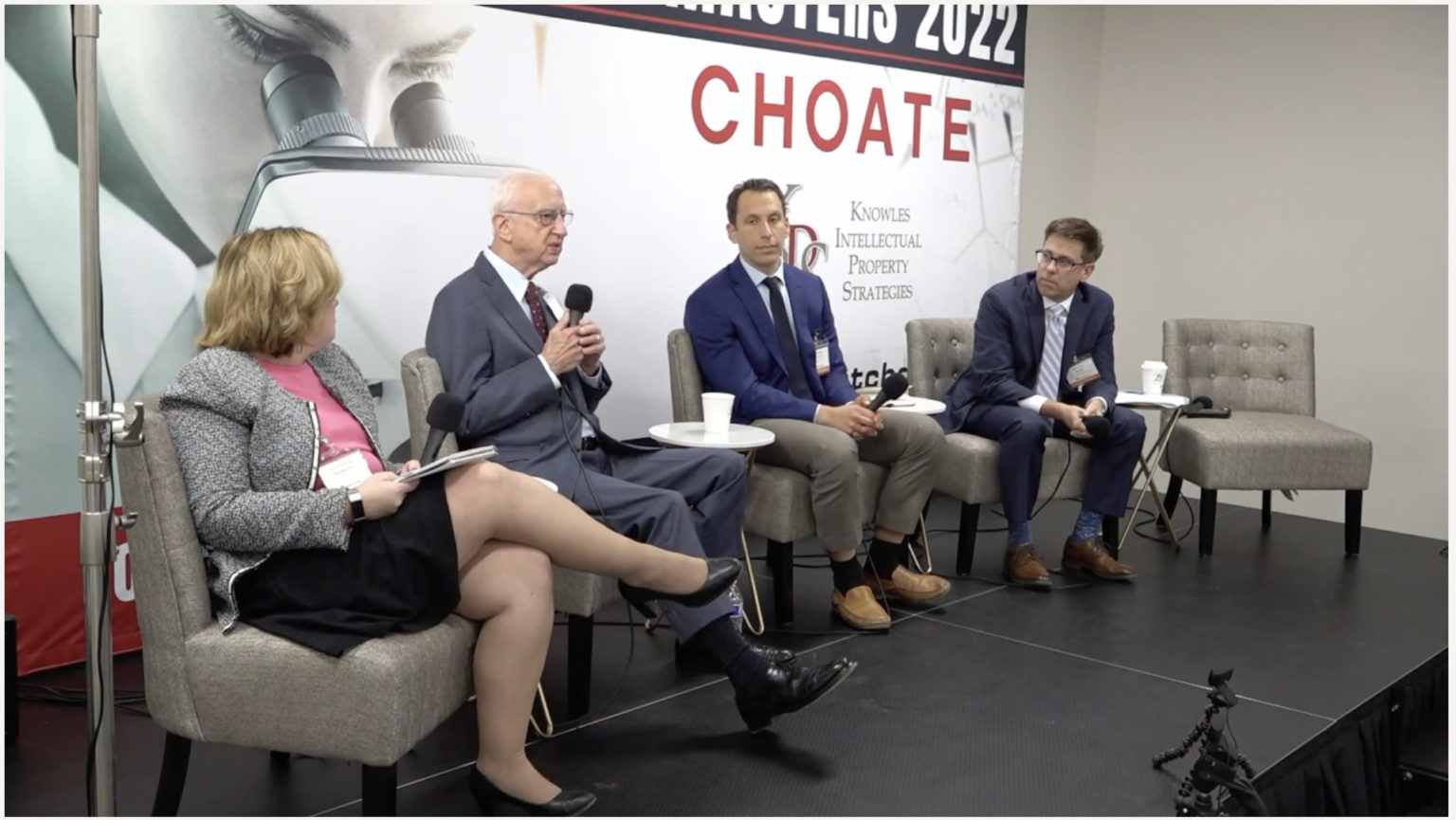Patent Enablement and the Scope of Disclosure: The Supreme Court Reinforces the Principles of Enablement in Amgen Inc. v. Sanofi | Arnall Golden Gregory LLP
On May 18, 2023, the Supreme Court of the United States issued its decision in Amgen Inc. v. Sanofi, 22-157, ___ U.S. ___ (2023) (available here). The Court decided that patent claims directed toward a genus of antibodies failed 35 U.S.C. § 112’s enablement requirement because the invention’s disclosure did not adequately describe how to make and use the claimed invention. Amgen urged the Court to overturn the U.S. Court of Appeals for the Federal Circuit, contending that its patent disclosure provided an adequate “roadmap” to make all the species of the genus or that arrival at the species required no more than “conservative substitution.” This argument failed to persuade the Court, which found that reaching the full breadth of the claimed scope would require an unreasonable amount of experimentation, thereby failing to enable the claims.
The Court’s decision centered around patent claims 19 and 29 of U.S. Patent No. 8,829,165 and claim 7 of U.S. Patent No. 8,859,741, both owned by Amgen. The patent claims at issue cover engineered antibodies capable of binding to specific amino acid residues on PCSK9 and consequently blocking PCSK9 from binding to low-density lipoprotein (“LDL”) receptors.
Amgen and Sanofi developed antibody drugs to inhibit protein PCSK9 and lower blood levels of LDL. After Sanofi’s development of its drug labeled as Praluent, Amgen sued Sanofi for patent infringement. Sanofi countered by asserting that the patents were invalid because the claims were not enabled as they cover the entire genus of all antibodies that bind to specific amino acid residues on PCSK9 and function to block PCSK9 from binding to LDL receptors. Sanofi reasoned that the specification’s disclosure was insufficient to enable the claims since it identified only 26 specific antibodies and the disclosed method for generating millions of candidate antibodies was merely a trial-and-error process. Siding with Sanofi, the Federal Circuit determined that the claims at issue did not meet the enablement requirement as a matter of law.
The Supreme Court started its analysis with a historical approach, reaching all the way back to O’Reilly v. Morse, 15 How. 62 (1854), The Incandescent Lamp Patent, 159 U.S. 465 (1895), and Holland Furniture Co. v. Perkins Glue Co., 277 U.S. 245 (1928). Those cases established that if a patent claims an entire class or genus of processes, machines, or compositions of matter, the specification must enable a person skilled in the field to make and use the entire class. The Court distilled this historical concept to a crisp axiom: “The more one claims, the more one must enable.” Amgen, at 13.
The Court nevertheless cautioned against an overly rigid approach for assessing enablement. In doing so, it identified three frameworks that patentees may employ to extend patent claim scope beyond the strict confines of the examples in the specification:
- A patent claim may be enabled when the specification discloses “some general quality running through the class that gives it a peculiar fitness for the particular purpose.” Id. At 13 (internal quotations omitted).
- When it may be “impossible to specify in a patent the precise treatment which would be most successful and economical in each case,” “some measure of adaptation or testing” may be engaged in by the skilled artisan. Id. at 14.
- The specification may call for a reasonable amount of experimentation, but what is reasonable must consider the nature of the invention and the underlying prior art. Id. at 15.
The Court then applied these rationales to the claims at issue. While the parties and the Court generally agreed that the three claims were broader than the 26 antibodies identified in the specification, the question remained whether Amgen’s full patent disclosure adequately enabled the claims. Amgen contended that the disclosure was sufficient because “scientists can make and use every undisclosed but functional antibody if they simply follow the company’s ‘roadmap’ or its proposal for ‘conservative substitution.’” Id. at 16. The Court was not persuaded, however, and characterized Amgen’s tests as “little more than research assignments” forcing scientists to engage in “painstaking experimentation.” Id. at 16-17. With all this in mind, the Court concluded that the claims’ scope exceeded what was enabled by the patents’ disclosure.
Although the outcome of Amgen v. Sanofi is consistent with longstanding principles applied to patents, it also raises some questions. The decision emphasizes the benefit of including comprehensive examples in the disclosure, especially if the description of those examples highlights a feature lent to a particular purpose common to the genus. Patentees can also rely on the three frameworks to define the scope of their patent claims beyond the strict confines of the disclosed examples. But the Court’s flexible approach raises questions regarding the application of the oft-cited Wands factors, which courts may consider when determining whether patent claims are enabled or require undue experimentation. Amgen Inc. v. Sanofi, Aventisub LLC, 987 F.3d 1080, 1084-87 (Fed. Cir. 2021) (citing In re Wands, 858 F.2d 731, 736-37 (Fed. Cir. 1988)). The Supreme Court did not address the Wands factors, leaving some ambiguity as to what role those factors will have when considering enablement in the courts or at the Patent Office.
Going forward, practitioners should be diligent to include as many examples in the specification as they are able. They should also include rationales that can expand to undisclosed species by pinpointing features common to all those examples and identifying their particular function. Additionally, when drafting patent applications or assessing the strength of patent claims for litigation, practitioners should ensure that patent claims are properly tethered to the specification’s examples and underlying rationales.






